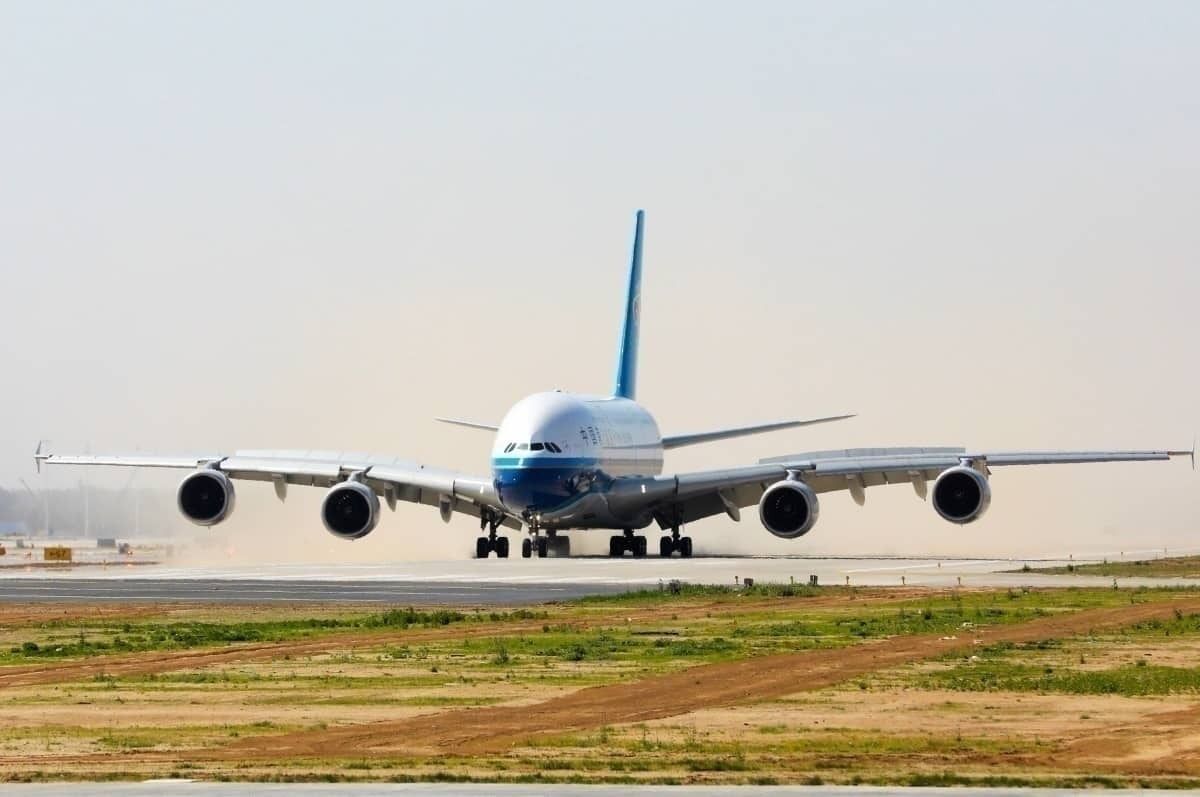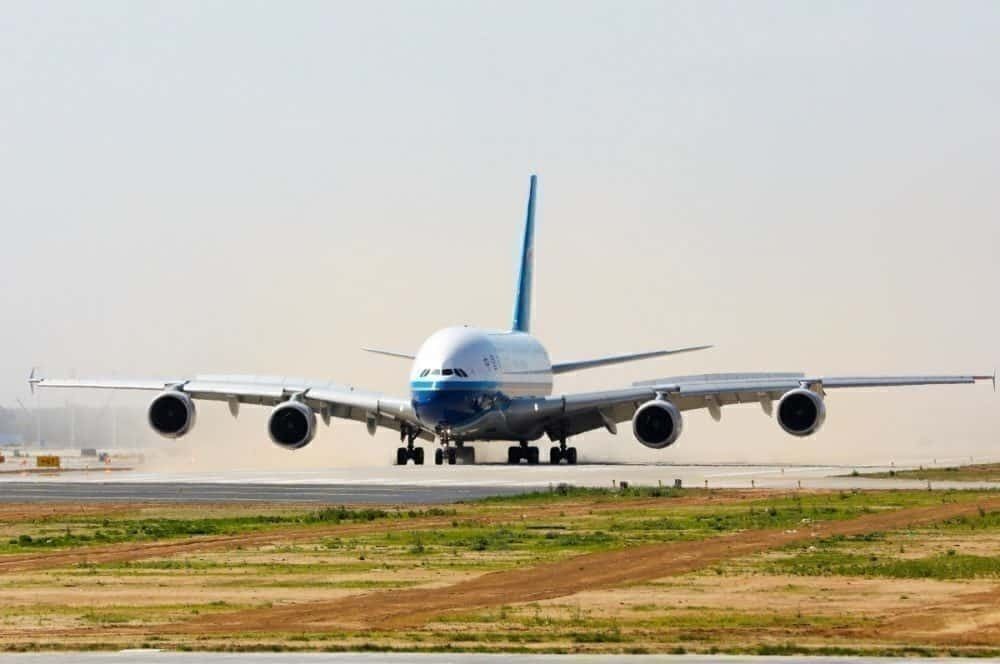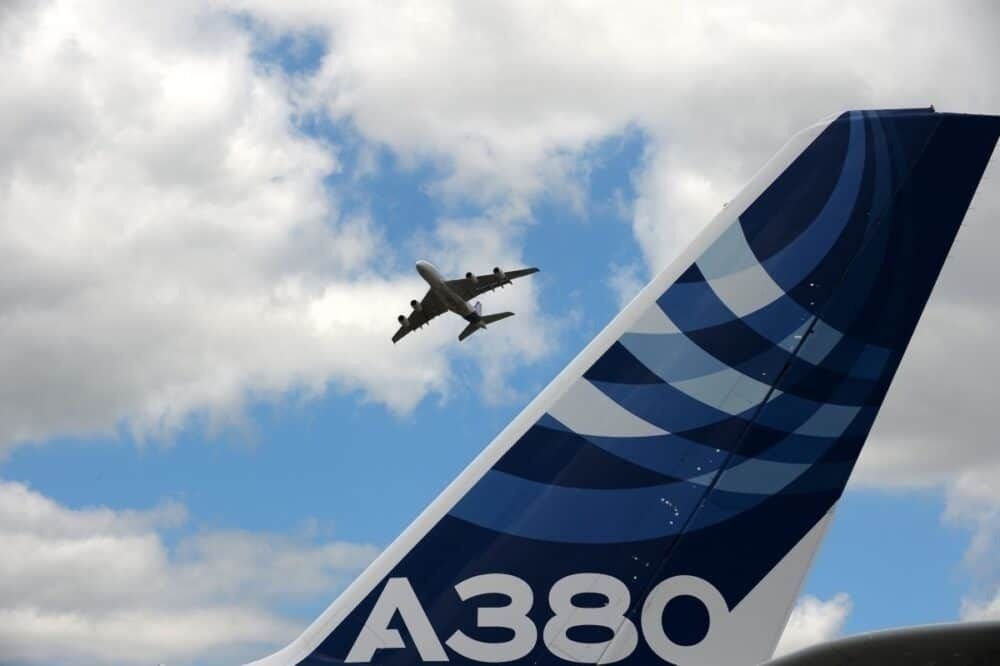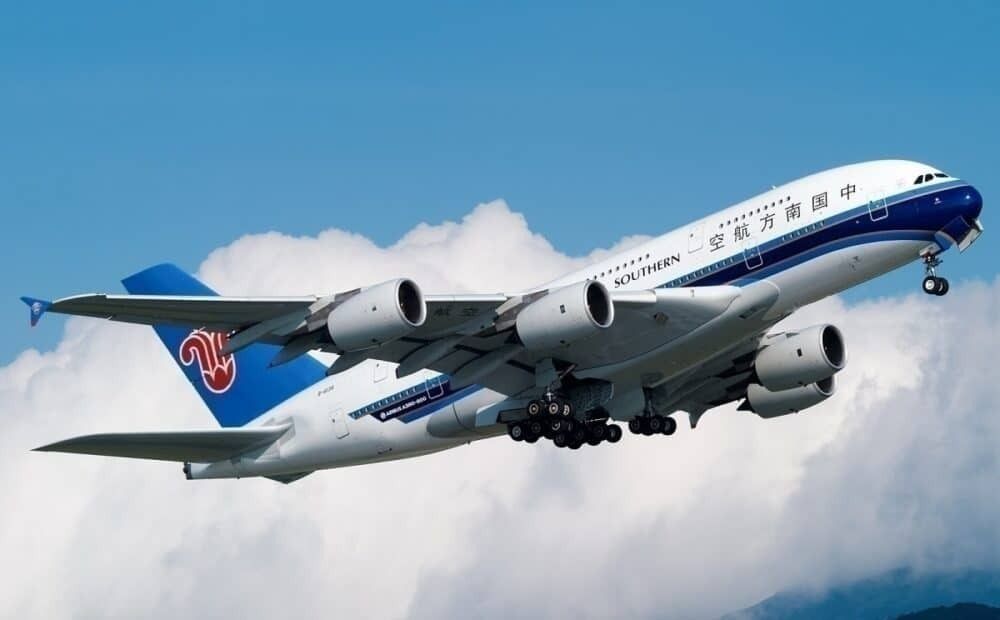As close to rock-bottom demand is rattling the commercial aviation industry across the globe, the largest capacity passenger jets are being altogether parked. Or, worse still, sent into early retirement. How much need will there be for the Airbus superjumbo double-decker A380 in post-COVID recovery scenarios, when the one market showing signs of recovery never really cared for it? This article takes a look at why the A380 never gained much favor with Chinese carriers.
Airbus expected to sell 60 to 100 A380 in China
Back in 2017, Eric Chen, then President, now Chairman of Airbus Commercial Aircraft China, said that he estimated that Chinese airlines could need 60 to 100 A380 aircraft within the following five years. As reported by Reuters, Mr. Chen was fully confident that market growth in China would translate into superjumbo jet orders for Airbus.
Despite the fast growth of the Chinese market, hampered by crowded airspace that could surely have benefitted from greater capacity aircraft, that never happened. Contrary to Airbus' expectations, the model was a huge commercial flop in China. Even though lore would have it, as said by The Points Guy, that the planemaker even skipped the sequence of naming its models to include the Chinese lucky number 8.
Prefer point-to-point
Whereas foreign carriers do fly the A380 to China, when COVID and regulators permit, the only Chinese carrier to operate the model is China Southern Airlines, which has five in its fleet. And that is borderline minimal. All other airlines that have operated the superjumbo have had at least six, apart from All Nippon Airways (ANA), which so far has two and just deferred delivery of the final third.
Chinese carriers are not big fans of Very Large Aircraft (VLA) in general. The only other VLA in China are Air China's Boeing 747s. They prefer smaller aircraft that fly point-to-point connections with a higher frequency, rather than the hub-and-spoke network model. China is also building hundreds of new airports to facilitate this approach further. Something that will also help ease congestion of the airspace without the need for costly mega aircraft.
Struggle with international yield
With close to twenty airlines in China, despite the growing market, many of them struggle with yield, particularly those operating international routes. And, seeing how airlines globally have found it challenging to fill an A380 with enough passengers at a suitable yield, that would have made the $355 million investment challenging to justify.
While often coveted domestic slots are only given to airlines operating widebody jets, the A330 is the preferred choice. A twin-engine, one-floor aircraft is, of course, much less of a demand on maintenance costs.
Not enough political incitement?
Chen himself said, right before Airbus' push to get Chinese carriers interested in the double-decker that "A lack of confidence to operate the A380, that is something to work on continuously with the airlines in China." But, at the time, he was hopeful of a "domino effect," that one airline would start, and the others would follow.
Aircraft purchases are often highly political, and if the Chinese government had wanted airlines to buy a particular model, they probably would have. As reported by CAPA in 2018, Airbus was offering to give China greater industrial participation on the A380, but this must not have been a financially enticing enough offer.
What is your take on why the A380 never took off in the Chinese market? Let us know your thoughts in the comments.




